Whether it’s his use of symmetry or his signature Art Nouveau colour palette, Wes Anderson is renowned for his meticulous attention to detail, which culminate in his characteristic quirky aesthetic. His distinctive oeuvre comes to life at these real-life hotels.
The Grand Hôtel, Stockholm
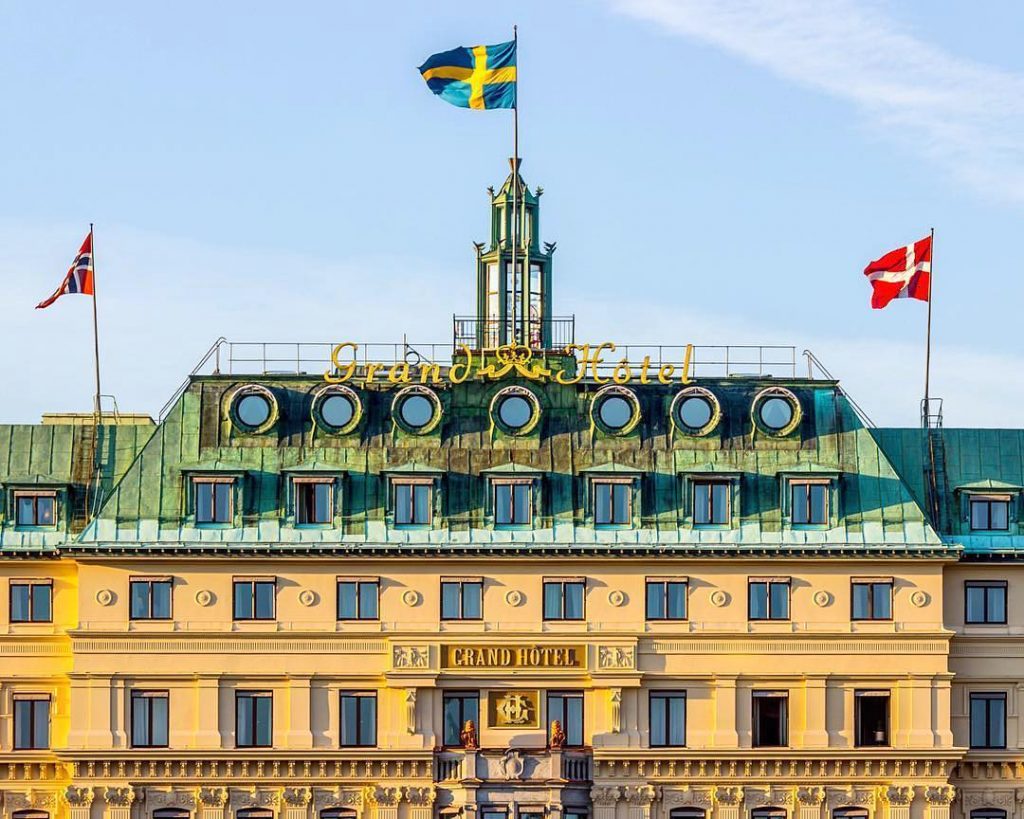
The Grand Hôtel, which first opened its doors in 1874, is located right on the waterfront, with a view of the Royal Palace across the bay. The industrialisation of the nineteenth century brought enormous significant wealth to individuals involved, and Stockholm required a luxury hotel to attract travellers. From its name to its symmetrical exterior, The Grand Hôtel appears as though it could have easily been the inspiration for The Grand Budapest Hotel.
Corinthia Hotel Budapest, Budapest
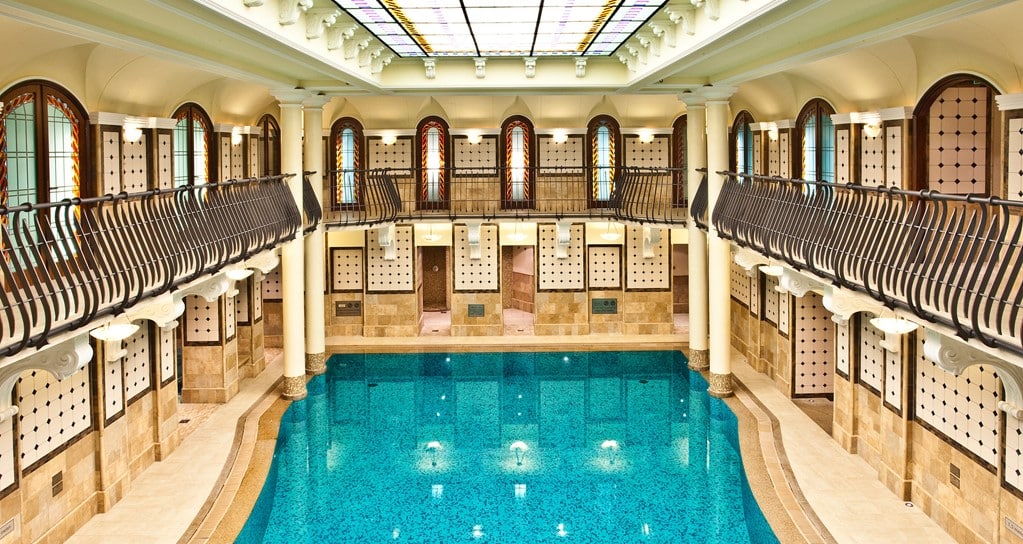
The Corinthia Hotel, previously known as the Grand Hotel Royal, first opened its doors in 1896 and quickly became a popular spot for local luminaries. The hotel became a victim of the Second World War and was reopened in 2003, after a €100 million renovation with the goal of restoring it’s a original elegance. The hotel is a modern-day monument to luxury, with a delicate nod to the past at every turn. Now it is rumoured that this actually was the inspiration for The Grand Budapest Hotel, yet Wes Anderson has officially denied this, contending that the similarities are merely a coincidence.However, Anderson and his team did visit the hotel in 2012 to review the archive, and a it was only a few years later that the film premiered.
Burgh Island Hotel, South Devon
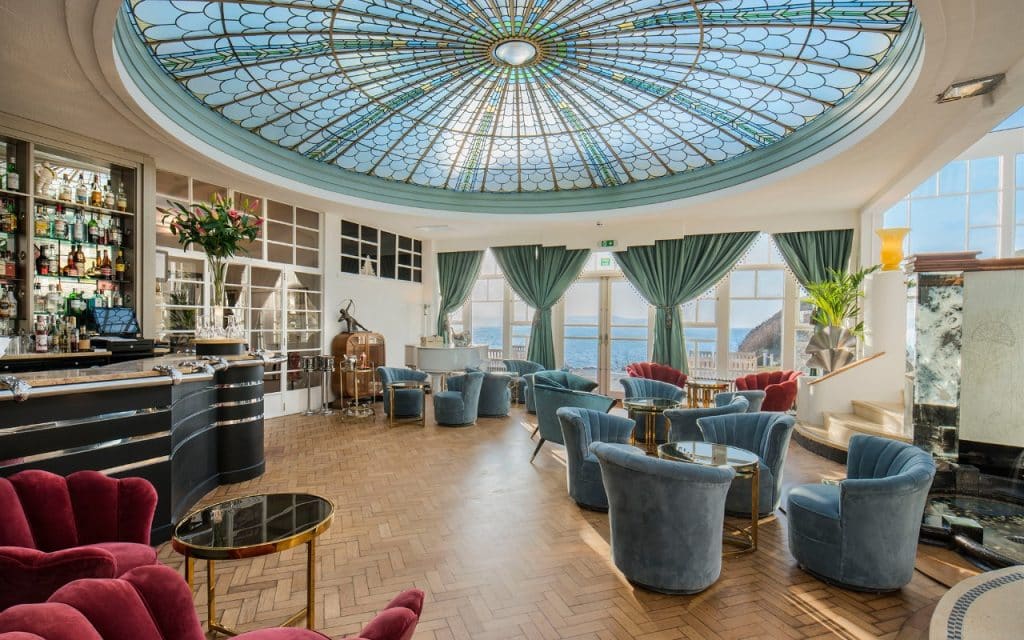
Built in the 1890s on Devon’s Burgh Island, the original building was used by guests for weekend parties. In 1927, the island was sold and a more substantial hotel was built in the tasteful Art Deco style. Another victim of the Second World War, the hotel was restored to its former glory in the first decade of this century. Agatha Christie even made it her second home, writing two books on the Island. The hotel’s interiors are very in keeping with the Wes Anderson style we are so familiar with. If he hasn’t already stayed here, there’s no doubt he’d love it.
The Jane Hotel, New York
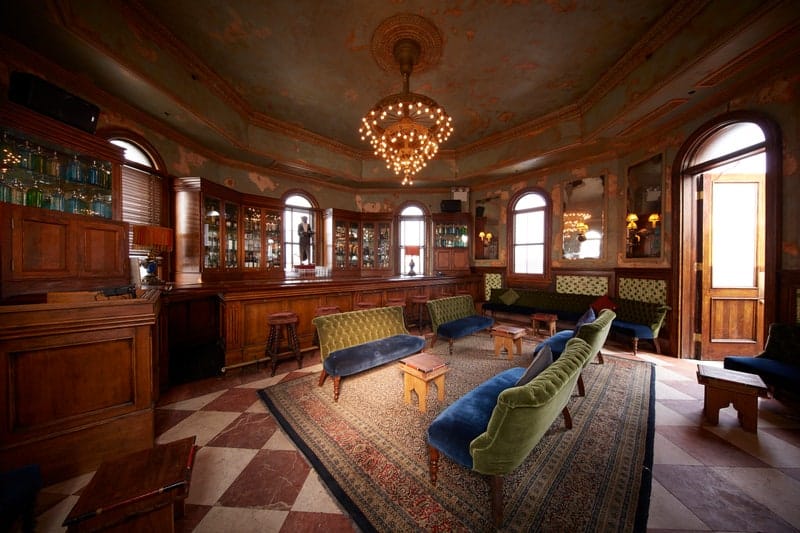
The Jane Hotel was built in 1908 as a home for sailors and was lovingly restored in 2008. The owner of the hotel makes no secret his appreciation of Wes Anderson’s aesthetic. He admits that the building vaguely reminded him of the house in Anderson’s The Royal Tenenbaums, which inspired him to take that sort of visual approach in designing the interiors. The front desk of the hotel looks just like a scene from The Grand Budapest Hotel, but the ballroom’s art-adorned walls, retro furniture, and old burgundy colour scheme, may be the hotel’s most visible homage to the Anderson aesthetic.
The Graduate Hotel, Mississippi
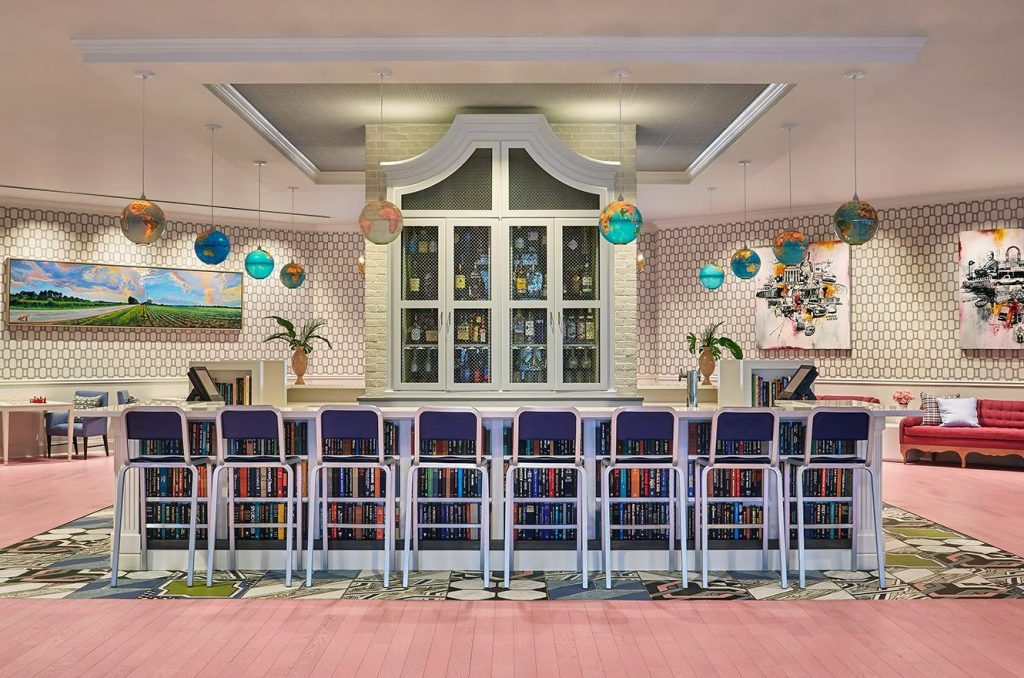
This hideaway in Mississippi is the perfect place to stay if you long to check into The Grand Budapest Hotel. All that this place is lacking is the persistent scent of L’Air de Panache. Pictured is the hotel’s notably Anderson-esque Lobby bar, packed with its eclectic local artwork, and a purposefully clashing colour palette of pink, navy, teal, and blush with floral prints as well.
Gold Crest Motel, New Jersey
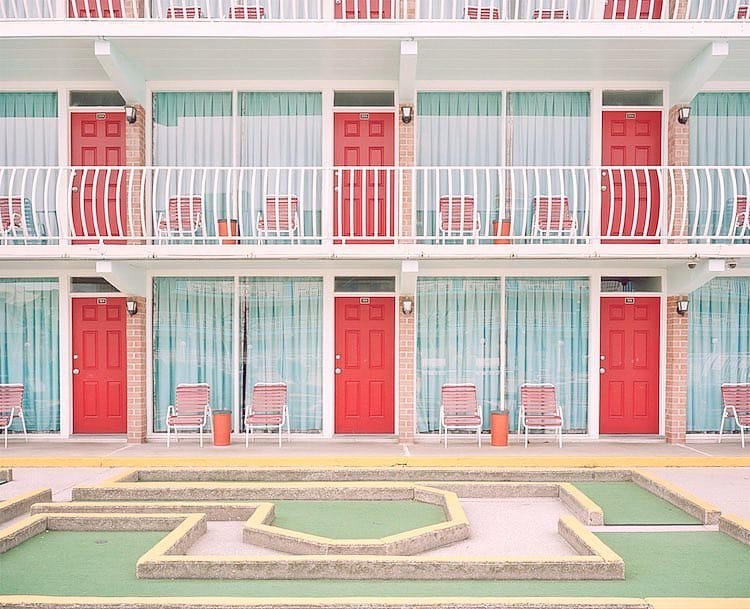
The Gold Crest Motel began to attract travellers after the completion of its Garden State Parkway in the 1950s. The hotel sports a bold and retro colour palette, angular features, and unique, occasionally kitschy ornamentation, all inspired by European high modernist design. It is the symmetry in the way that every room looks the same that emanates Wes Anderson to us.
Ostel Hostel, Berlin
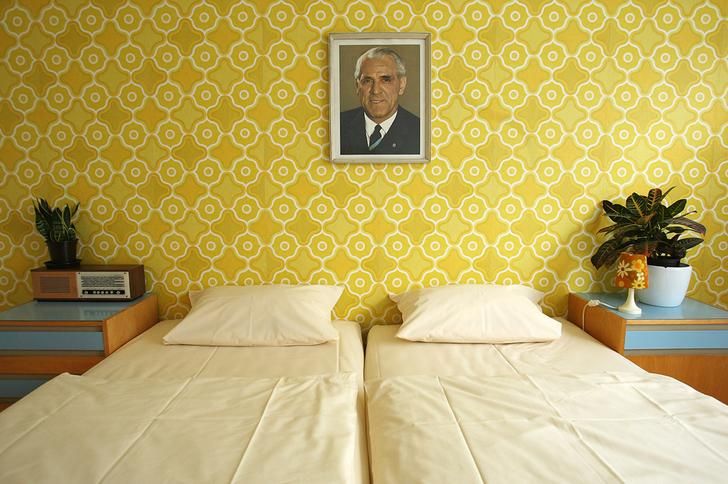
Established in 2007, this hotel has a time-warp museum-like feel to it. Visitors are even encouraged to touch everything they come across. After staying here, ne TripAdvisor user remarked that she felt like she was in a Wes Anderson movie. We are not surprised, as this Berlin hostel boasts an extraordinary attention to detail, with artificial plants and lava lamps that look like they either came directly out 1970s Germany or are props from Wes Anderson’s Rushmore.
Hotel Bélvedère, Switzerland
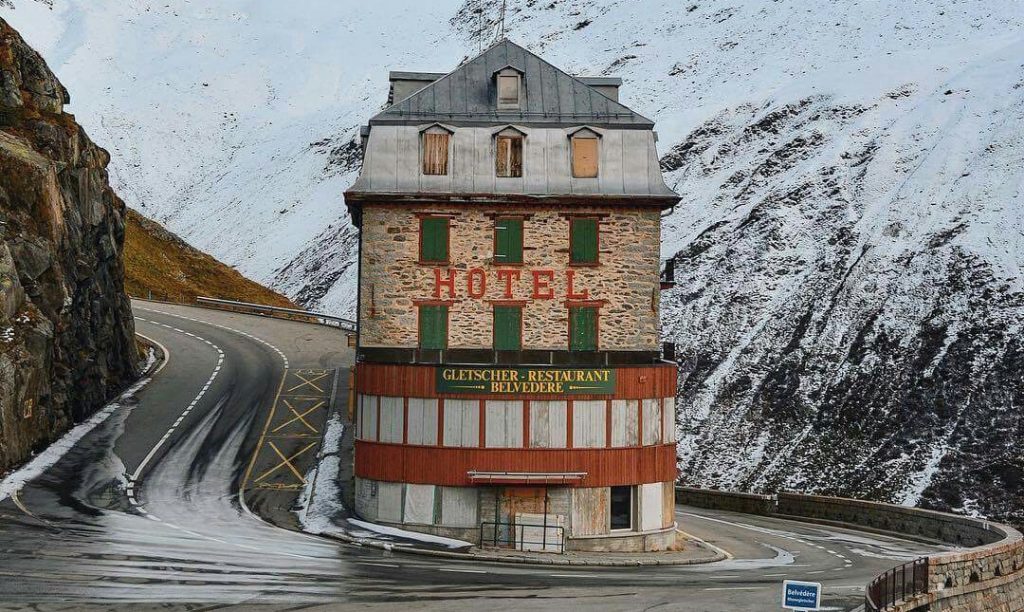
Built in 1882, Hotel Belvédère became one of the most iconic hotels of the Swiss Alps. The Furka Pass is not only one of the world’s most legendary and exhilarating mountain routes, but it is also home to the hotel that looks as though Anderson could have designed it himself. Although it has not featured in any of his films, the hotel was included in a scene in the James Bond film Goldfinger in 1965. Unfortunately, the hotel closed its doors in 2016 due to the rapid melting of the adjacent Rhone Glacier and the subsequent decline in tourism. Perhaps a feature in a Wes Anderson film might be the secret to a reinvigoration of the area’s tourism. We’ll wait and see.


